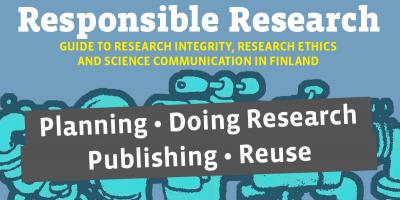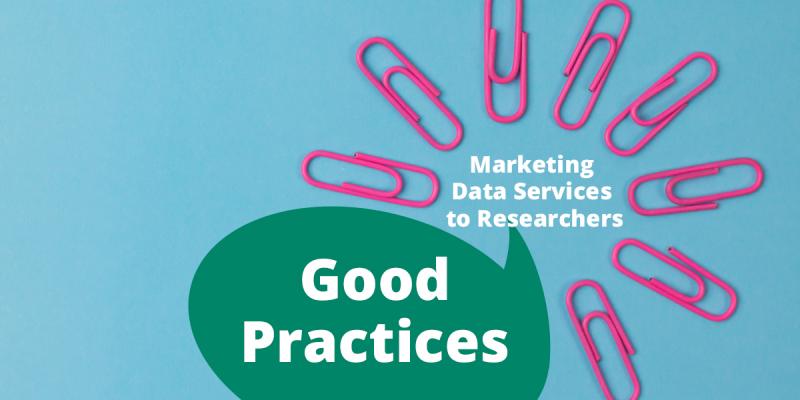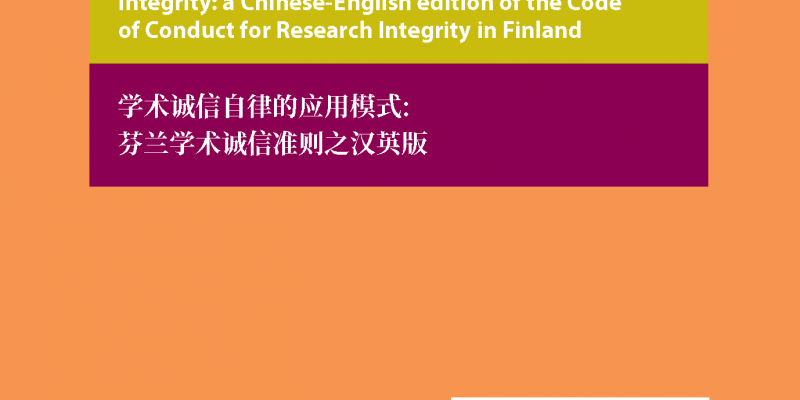Not all science communication is a high-speed performance. Slow tools are needed too.
When a person completes their master’s degree at university, they are at the pinnacle of academic knowledge in their field. They have read the latest books and been examined on them, and in their thesis work they have carried out far-reaching research into the latest publications in their particular specialist area. When our master’s graduates launch themselves into working life, they gain new experiences and new viewpoints. At the same time, their contact with research starts to become more remote. By the time they have spent ten or so rewarding years at work, research at universities will have made great strides ahead. How are university graduates expected to keep up with the latest developments in research? It would be important to keep track of the latest findings and arguments, but are there any realistic means to achieve this?
Researchers are urged to communicate and disseminate research, concerning both their own projects and general developments in their field. Science and research communication is mostly considered to mean presenting research to the general audience. Everyone knows that you need a soundbite for the television, that newspapers require an absorbing article, and that the secret of success at popular science events is giving a lively and engaging talk. These are certainly good examples of communicating science and making science visible.
Not all science communication is a high-speed performance, with success and good feedback provided on the spot – if at all.
However, there are numerous other forums for disseminating important research findings. Many of them take place out of sight, and the results are not immediately visible. Nor is all science communication a high-speed performance, with success and good feedback provided on the spot – if at all.
Slow information
Researchers need to produce information also for professional audiences, for example those who have completed their master’s degrees years ago and whose work requires them to know about new research findings. The graduates of the 1990s have a couple more decades in their careers ahead of them. They need research-based information about slow developments as well as topics that were not on the radar when they were studying – from the Higgs boson to climate change, epigenetics, changes in language communities, research into ageing, new forms of citizenship and influence, the use of mass data, digital procedures, and so on.
These needs cannot be met by attention-grabbing public presentations, newspaper items designed to be quickly skimmed, or brief TV interviews, even though all these are definitely good ways to pique interest or provide quick answers to the questions at hand.
There is a need for slow tools – for books, reports, top-up training courses, long articles, seminars and other forums that delve deep into the topics, solve problems and update information.
There is also a need for slow tools – for books, reports, top-up training courses, long articles, seminars and other forums that delve deep into the topics, solve problems and update information. A book takes a long time to write, and it takes a great deal more work before it is in the reader’s hands or in an organisation’s database. But a well-crafted work stands the test of time. A book may take time to read as well, and the writer does not receive feedback on their work instantly, if ever.
The Juuli database of Finnish research shows that researchers are active producers of professional publications. About 23,000 studies, development reports, articles in professional journals, professional handbooks and textbooks are written in our universities every year. This is two-thirds of the total annual number of publications in Finland. Slightly less than half of these (10,500) are articles published by professional and organisational journals. The remainder can be divided into textbooks, professional reference works and other professional books.
All publications have their own place and purpose, but their lifecycles differ. Magazine articles are read hot off the press, and while some of them can certainly be re-read, they are not always even intended to be permanent. More solid and more permanent are articles created for professional handbooks or textbooks. Approximately 5,000 of these are produced in Finnish universities each year. Handbooks and textbooks collate and filter the huge amount of information presented in research publications. These are typical works by experts, as it is not merely a matter of referring to and summarising research results but also of gathering and evaluating earlier information and synthesising the two. What was that publication again which claims that cheese is healthier than butter, and what does other research say about that?
Researchers also address problems raised by those who need information, not simply problems raised within the scientific field itself as a continuation of previous research. Attempts to solve these problems result in various studies and development reports. For example, why are people leaving the church? What is the impact of congestion charges? How are fish stocks changing? How can preschool and infant education be combined? How to retrain and improve the driving skills of the elderly? A total of almost 5,000 of these solution-focused reports are produced in all Finnish universities every year.
Approximately 1,400 complete textbooks and professional handbooks were published in Finland in 2015. Researchers write textbooks for all levels of education, from the early years of education to the highest levels of higher education. Textbooks are written by groups, and they are generally known by the name of the book rather than the name of the author. The author thus rarely receives praise for their work. Even the name of the book that the authors have painstakingly created is not always remembered; students may refer to books simply as “the blue one”, “the big one” or “the one with the balloon on the cover”.
The best known textbooks are schoolbooks, as they are visible and may sometimes arouse debate (usually negative, e.g. claims that they are too difficult, have a reformist agenda or are just too expensive). After a curriculum revision, a total of 200–300 books tend to be published in one fell swoop, accompanied with teachers’ materials, additional materials, worksheets, and so on. These days, these materials are produced in digital and printed form. When a group of authors comprises experienced teachers and researchers, new micro-environments arise to create new information. The researcher hears about day-to-day life at school, and the teachers learn about new research.
Textbooks, top-up training materials and reference works that gather information have a long lifetime and a long influence. One book may be used for five to ten years, but in terms of the information the reader obtains and the reader’s thought processes that the book influences, the book may have an impact lasting decades. Many works can be revised and updated and so live an even longer life.
Where do the knowledge and skills come from?
Looking at publication statistics, we can be assured that researchers publish plenty of textbooks and professional publications. Not everyone is a born writer, but writing is a skill that can be learned along the way and developed on courses or with a good mentor.
Writing a book takes more than writing skills, however. The author also needs to know how to plan their project and manage the many stages of the project schedule, given that producing a handbook or a textbook may involve dozens of authors. Major compilations or anthologies may have up to a hundred writers. Producing a printed book is complicated enough, but even more stages of work are involved when the work is turned into an e-book, an enhanced e-book or an online publication. There is a lot more to think about than a good manuscript.
The work demands schedules, agreements, illustrations and the rights to publish them. Once the writers have done their part, the text needs to be harmonised, duplications need to be weeded out and gaps correspondingly filled in, so that the work is fit for its purpose and critics won't have reason to point out repetitions, inconsistencies or unevenness. Often there is also a need for new Finnish terms, as expert vocabulary does not invent itself. Terms can be found in databanks, but they also have to be developed, and experience shows that this is better achieved through collaboration than alone. Even Darwin did not invent the term “natural selection” all by himself.
The multifaceted field of science communication offers something for everyone to do. The researcher only has to choose their own area of expertise.
Pirjo Hiidenmaa, Professor of Non-fiction Studies and Non-fiction Writing, University of Helsinki
Further information:
Juuli – the portal for publications from Finnish research organisations www.juuli.fi
The Bank of Finnish Terminology in Arts and Sciences www.tieteentermipankki.fi
The Finnish Terminology Centre TSK www.tsk.fi
You might also be interested in
Tämä teos on lisensoitu Creative Commons Nimeä 4.0 Kansainvälinen -lisenssillä. Detta verk är licensierat under en Creative Commons Erkännande 4.0 Licens. This work is licensed under a Creative Commons Attribution 4.0 International license.


